American Eels
American Eels
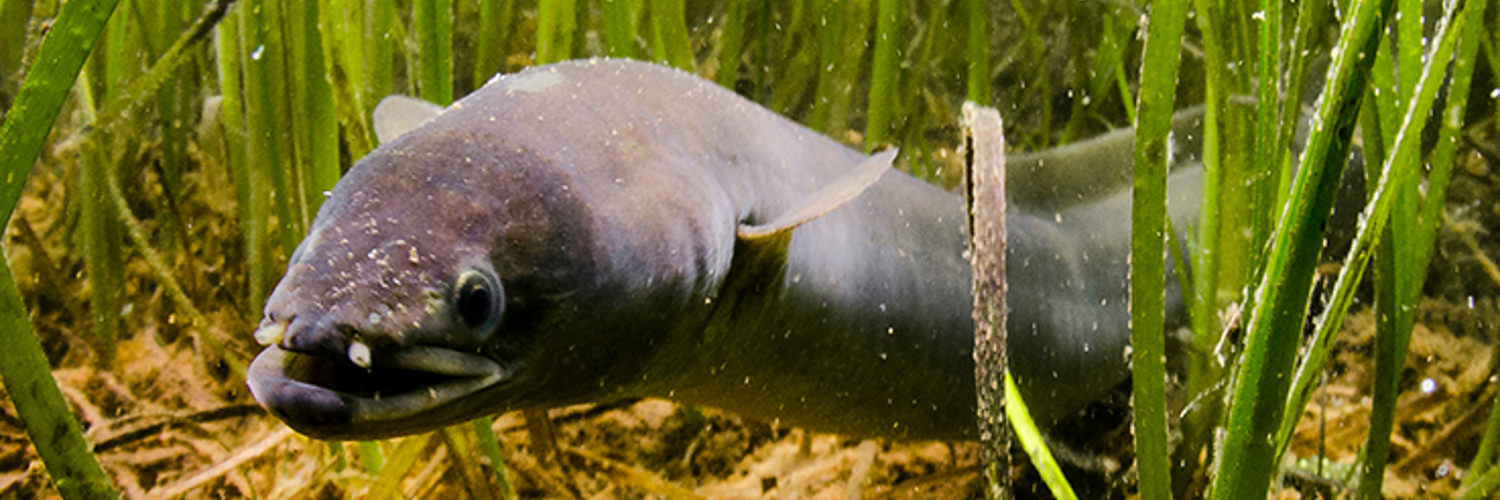
Eel Biology
An Amazing Creature
Join the Effort
Eel Biology
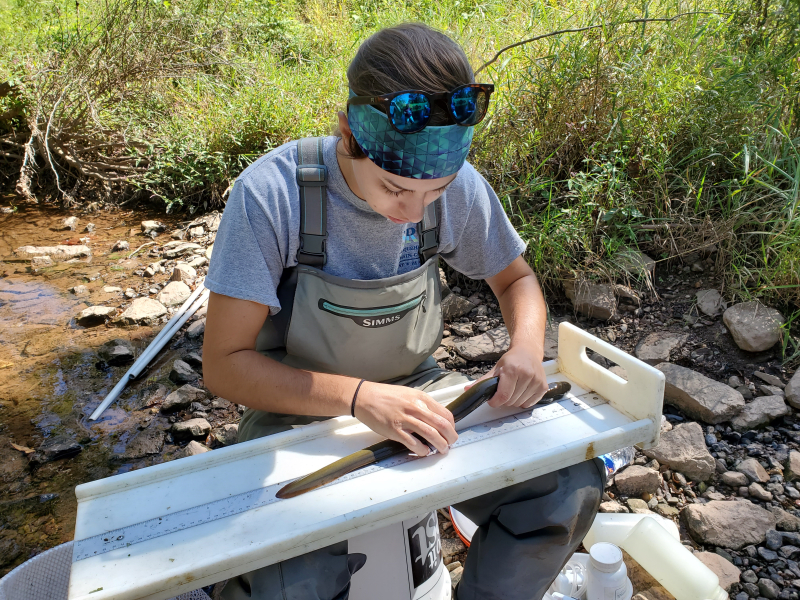
SRBC biologist prepares to tag an American eel in Conewago Creek, Lancaster Co., PA. (Photo: A. Henning)
American eels are catadromous — unlike the anadromous American shad that run upstream to spawn, eels live most of their lives upstream and migrate downstream and back to the Atlantic to reproduce and die.
Eels begin their journey in the little-known Sargasso Sea , which is oddly a sea surrounded by ocean currents in the North Atlantic Ocean. The Sea's free floating seaweed makes it the chosen spawning grounds for eels. Eel larvae drift on currents to the eastern seaboard and slowly develop a translucent, snake-like body form, earning the moniker "glass eel."
As they adjust to freshwater, the eel takes on a gray color and are called elvers. The tiny fish can swim hundreds of miles upstream to reach "home," changing to yellow and then silver and gray and reaching 30 inches or more in length. When eels begin their return to the ocean — after about 20 years — its eyes enlarge and reproductive organs develop.
An Amazing Creature
The American eel is considered to have the broadest diversity of habitats of any fish species in the world. Eels can be found in all sizes of rivers and streams, as well as in lakes and ponds. They are found in freshwater or saltwater during maturation.
Prior to the Conowingo Dam blockage, eels served as food for Indigenous people and early settlers who lived along the Susquehanna.
They also play an important role in the life of mussels, which have the ability to filter large quantities of water. More eels mean more mussels and cleaner water.
Adult eels act as a carrier for mussels. Once adult mussels are ready to produce, they emit a lure that attracts predatory fish like the American eel. The mussels then shoot thousands of larvae into the gills of the eels. As the eels swim upstream to mature, the mussels are dispersed.
Biologists are also hopeful that the eels will prey on rusty crayfish, an invasive species that outcompetes native crayfish for food and cover.
Trap and Tranport
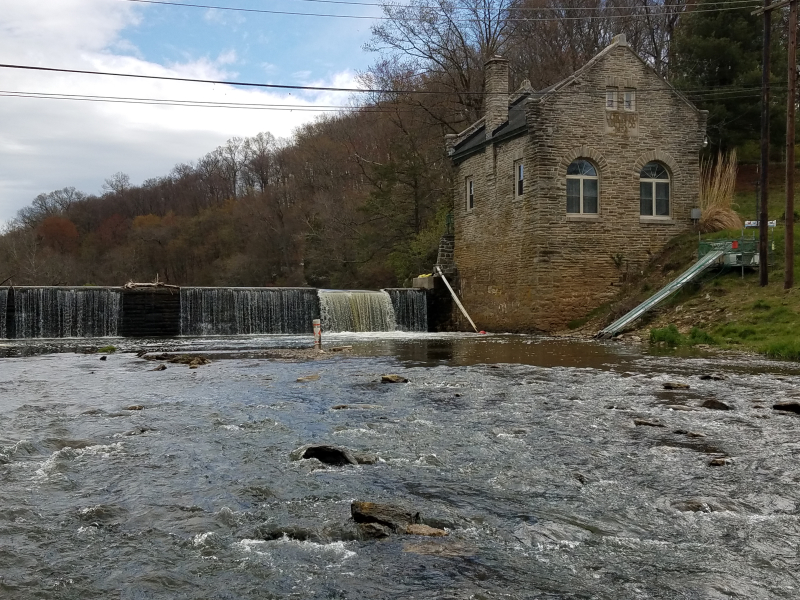 Juvenile eels
are excellent
climbers. Elvers
instinctively swim
up specialized
ramps until they
reach the top and
fall into a collection tank. Over the spring and
summer months, stocking trucks transport the
elvers to destinations predominantly along the
mainstem Susquehanna.
Juvenile eels
are excellent
climbers. Elvers
instinctively swim
up specialized
ramps until they
reach the top and
fall into a collection tank. Over the spring and
summer months, stocking trucks transport the
elvers to destinations predominantly along the
mainstem Susquehanna.
Join the Effort
Help Track Eel Sightings
Have you caught an eel fishing or observed one recently? You can help SRBC track the eel range throughout the Susquehanna by submitting the report form found on SRBC's American eel webpage . Documenting their spread across the Basin has assisted restoration efforts considerably.
Eels in the Classroom

SRBC Fisheries Biologist Aaron Henning heads Eels in the Classroom, a hands-on learning experience for students about the value of migratory fish. The program provides educators juvenile American eels to raise in their classrooms. Students then help release the eels back into the river. Interested educators can reach out to SRBC via a Join Us form at SRBC's American Eels webpage .
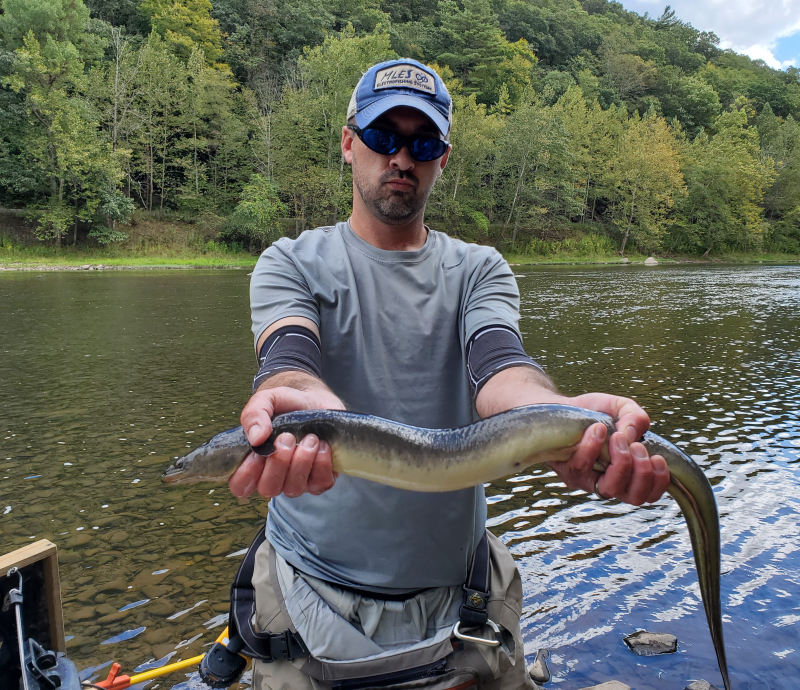
TO LEARN MORE ABOUT THE AMERICAN EEL, visit the SRBC webpage at https://www.srbc.gov/our-work/american-eels/index.html .
Coming Back Strong
Once one of the Susquehanna River's most common fish species, the American Eel nearly vanished from its waters as large hydroelectric dams blocked its upstream migration in the early 20th century.
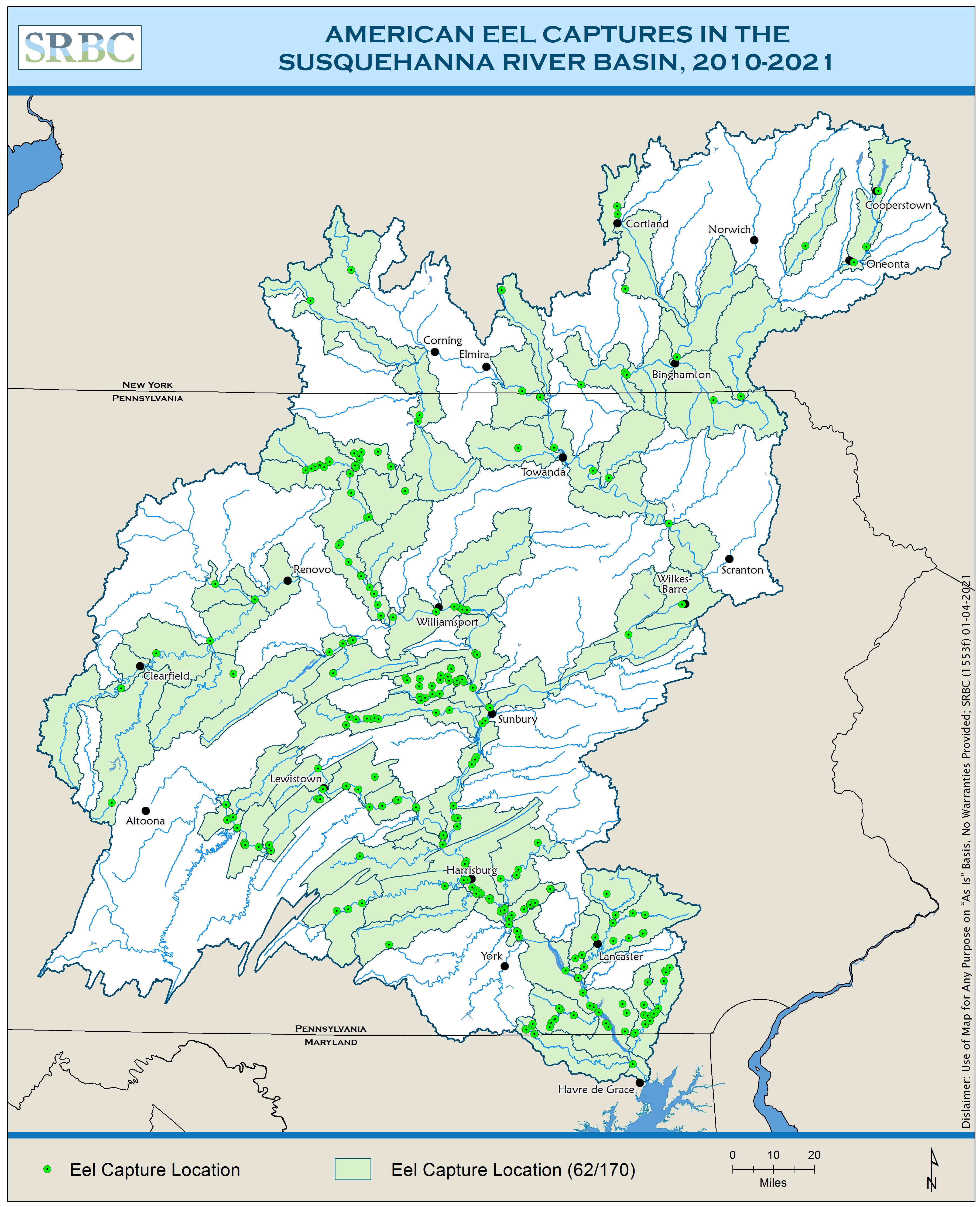
Today, however, the American eel is making a strong comeback. Since 2005, 2.1 million juvenile eels have been trapped at the Conowingo Dam on the river and at a dam on the Octoraro Creek and released back into the Susquehanna at various locations.
Surveys show they are growing fast and are spreading throughout the river basin. That's good news not only for the eel — its recovery has positive ecological impacts on water quality and aquatic habitats.
SRBC is a member of the Susquehanna River Anadromous Fish Restoration Cooperative that works to improve migratory fish passage in the river basin.
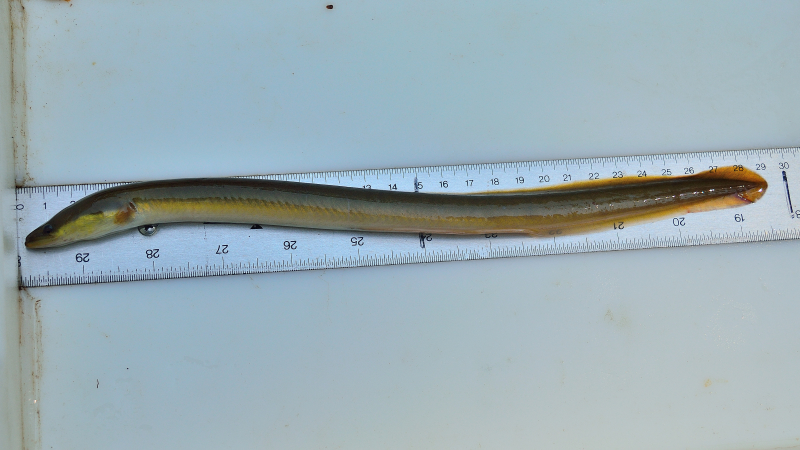 Eel Measurement
Eel Measurement
DID YOU KNOW?
- The Chesapeake region retains the greatest abundance of eels along the East Coast, and 40% of the Bay region's habitat is found in the Susquehanna basin.
- Eels are nocturnal and live under a waterway's rocks and roots or in the mud.
- Eels remain sexless until they are ready to transform into their final stage, the silver eels, which are 2-3 feet long.
- Eels can absorb oxygen through their skin and gills, allowing them to travel over land, particularly wet grass or mud.
- Eels also can cover their entire bodies with a mucous layer, making them nearly impossible to capture by hand—making “slippery as an eel” more than just a figure of speech.